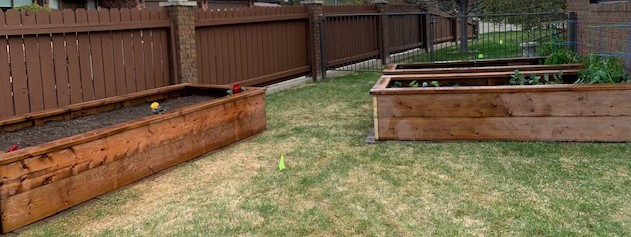In a number of blogs over the years, I have talked about what I am reading and in return many of you have been generous in sharing books you have found inspiring and/or entertaining. As part of an annual goal-setting exercise, I plan to read 25 books this year—I read a lot, just not fast!
But usually this time of year is when I get the most reading done, and so far I have read four books: Factfulness, by Hans Rosling et al, on how the world is actually improving in many ways; Morality, by Jonathan Sachs, a work of moral philosophy; Leadership in Turbulent Times, by Doris Kearnes Goodwin, a comparative history of the leadership of four American presidents; and Caste: The Origins of Our Discontents, by Isabel Wilkerson, which as written on the cover, is about “how America today and throughout its history has been shaped by a hidden caste system, a rigid hierarchy of human rankings.” It certainly has been a bit of a whiplash reading experience, through some of the great things and horrible things of our world and the human condition.
I think it is really important I recognize Black History Month, and share with you how very educational and very moving it’s been to read the latter two books at this time. Two of the American presidents covered by Goodwin are Abraham Lincoln, known of course for his leadership in the Civil War, and Lyndon B. Johnson, known for his failures in the Vietnam War and, less so, for his role in pushing through the Civil Rights Act and the Voting Rights Act. Like many famous leaders, he was a complex man.
Wilkerson’s book, Caste, is very compelling, though a tough read throughout. As she points out, Black American scholars have been writing about caste in America since the 1930s, and she builds a brilliant case for the idea that individual and systemic racism are both based on a very deeply embedded ranking of the value of people on the basis of their color. This other line from the cover describes it well: “Beautifully written, original and revealing, Caste: The Origins of Our Discontents is an eye-opening story of people and history, and a re-examination of what lies under the surface of American life today.”
While I highly recommend this book, I reminded myself throughout that Canadians can claim no advantage when it comes to racism, prejudice and bias as shown by what we have done and continue to do to Indigenous and Black people, and other people of colour, in Canada. In only the past week, we have seen a racist incident within our university campus directed at Muslim students during an online meeting, and in a Saskatoon restaurant directed at Asian people working there.
The other book I am reading in installments is One Story, One Song, a collection of short stories by the late Richard Wagamese, an Ojibway man from the Wabaseemoong First Nation in northwestern Ontario. He is probably best known for the novel Indian Horse which was made into a film of the same name. I have heard Val Arnault-Pelletier, CoM Indigenous Coordinator, use the following Richard Wagamese quote many times:
“All that we are is story. From the moment we are born to the time we continue on our spirit journey, we are involved in the creation of the story of our time here. It is what we arrive with. It is all we leave behind. We are not the things we accumulate. We are not the things we deem important. We are story. All of us. What comes to matter then is the creation of the best possible story we can while we’re here; you, me, us, together. When we can do that and we take the time to share those stories with each other, we get bigger inside, we see each other, we recognize our kinship – we change the world, one story at a time…”
So finally, February in Saskatchewan. As a colleague in the Ministry of Advanced Education said yesterday, “Wow, winter has officially flexed its muscles.” There is no better time of the year to curl up with a good book and learn other peoples’ stories. By reading others’ stories and sharing our own, “we change the world.”
Take care! Remember, with the COVID-19 variants now with us, the basics—distance, masks, stay in your bubble, and wash your hands—are more important than ever. And keep warm!


